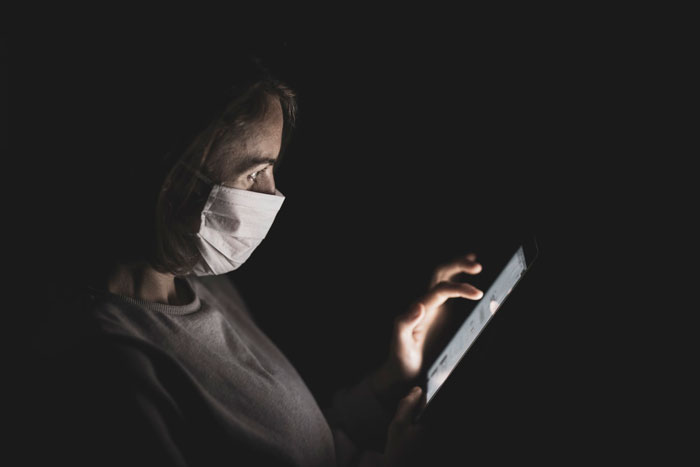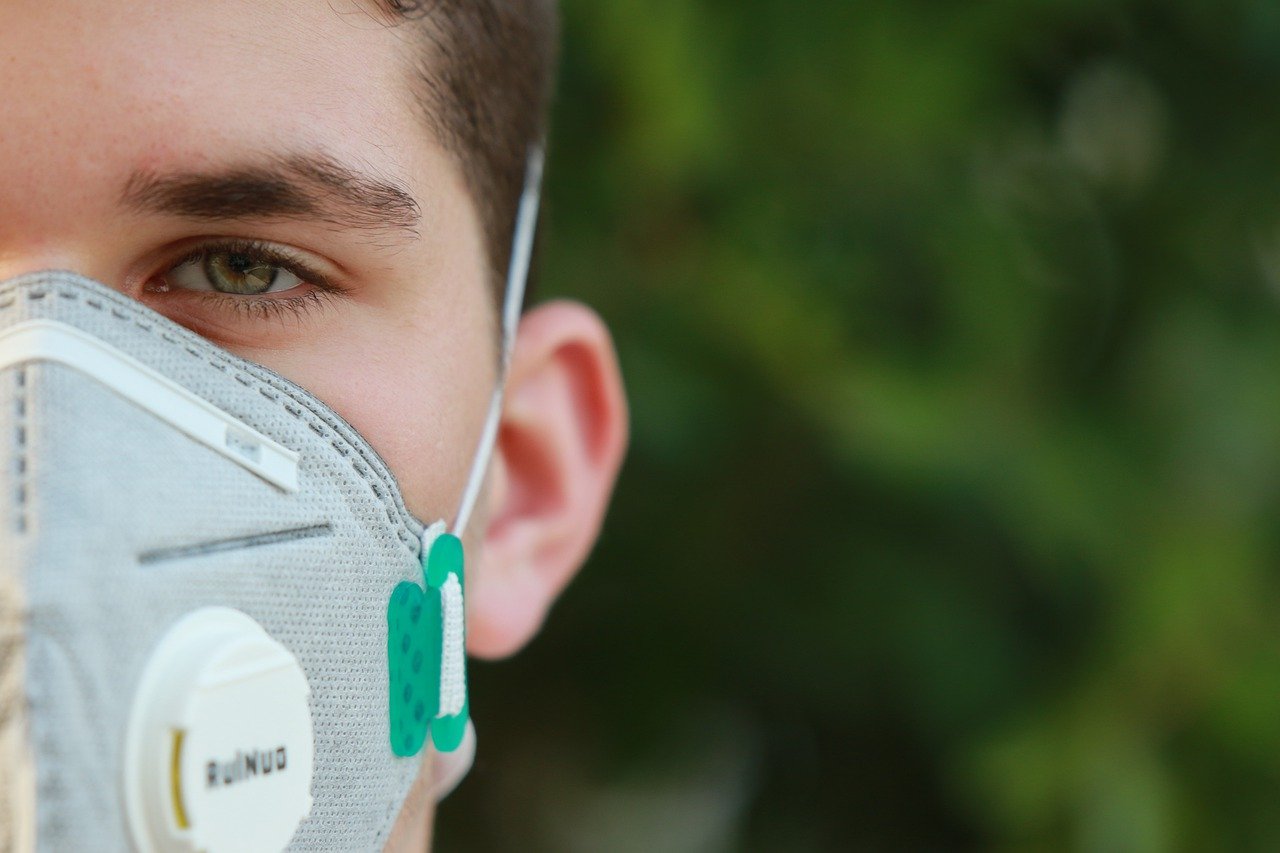What kind of ailments will the infected people face and how will their condition change during the course of the illness?

The symptoms of coronavirus, the treatment methods and the time of showing the first signs of the disease may vary depending on which category the patients belong to: the disease can occur in mild, moderate, severe and critical forms. According to Business Insider, the symptoms will change with every day at each of these levels. The journal cites the data from a joint mission of the World Health Organization and China on COVID-19.
How is coronavirus transmitted?
- By airborne droplets (coughing and sneezing). In a contact way through touching.
- The virus can be transmitted via handrails in the subway, door handles and other surfaces.
Symptoms and signs of coronavirus in humans
Important: Similar symptoms are found in patients with SARS or influenza. If they are found, it is necessary to immediately consult a doctor to receive medical care and to exclude coronavirus.
- Fever;
- Labored breathing;
- Sneezing, coughing and nasal congestion;
- Muscle and chest pains;
- Headache and weakness;
- Nausea, vomiting, and diarrhea are possible.
 Stay at home and turn to your doctor if:
Stay at home and turn to your doctor if:
- You have contacted the person infected with COVID-19;
You have returned from a country where there is an outbreak of the disease; - If you have fever, cough, and shortness of breath.
How does the disease progress?
From the moment of catching the infection to the onset of symptoms of coronavirus, two to 14 days can pass. The data from different sources vary. For some of them, the incubation asymptomatic period can last up to 21 days.
How Do you Feel When You Get Coronavirus?
The first manifestations of a new infection resemble a cold or a flu. According to the authors of a joint WHO-China mission report, many patients experience early fever. According to them, high temperature was observed in 88% of people infected with COVID-19.
According to another study in China, only 44% of patients complained of fever when they were admitted to the hospital. Eventually, 89% of the patients complained of this symptom with time, Business Insider reports.
In some cases, patients had digestive disorders. Diarrhea, nausea, vomiting and discomfort in the abdomen can appear a couple of days before the first symptoms characteristic of respiratory diseases. The listed manifestations are not the norm, since COVID-19 is a respiratory infection.
In most cases, the virus is located in the respiratory system, where it enters after infecting the human. The infection enters the lung cells, after which they die and prevent air from entering the respiratory tract. Next, inflammation occurs, which causes new damage and can continue until healthy tissue runs out, experts say.

It is because of inflammation that dry cough is one of the most common symptoms of coronavirus. Together with it, patients usually have a difficulty with breathing and accumulation of sputum, as well as:
- fatigue
- a sore throat
- headache
- chills
Fifth to Seventh Day
- breathing problems
- pneumonia
More than seven days
Sometimes, with a severe or critical form of the disease, patients may develop acute respiratory distress syndrome (ARDS). This condition is characterized by the accumulation of fluid in the lungs.
Earlier studies showed that most COVID-19 victims died 14–19 days after getting the infection. At the same time, other people recover and are discharged from the hospital after two and a half weeks on average. However, in the most critical cases, recovery can take months.
What determines the severity of the disease?
If each of us is destined to meet with coronavirus (at the moment, everything that is happening in the world points to the extreme likeliness of such a meeting), then it would be better if each of us receives it in a small dose.

What is an infectious dose?
If a drop of white paint is added to a barrel of water, then it will not be noticed. If you drop 10 drops, you will not see the difference either. But if you add a bucket of paint to the barrel of water, then the water will turn white. In general, the rule is like this: the less paint you add, the less likely you are to notice it and develop any signs (symptoms) that the paint is there.
It is the same with the virus. Roughly speaking: when 1 virus or 10 viruses enter the body, the disease does not manifest itself, while 100 viruses may trigger the disease.
Thus, there is a certain minimum amount of viruses that can cause the disease, and this amount is called the “infectious dose.”
The most important thing to learn is that the likelihood of infection and the severity of the disease are directly related to the number of viruses that enter the body. That is, ceteris paribus, the more viruses enter the body, the greater the likelihood of the disease is and the more difficult the disease will be.
Meeting one “infectious dose” is a very good option: there are huge chances for a mild or even asymptomatic form of the disease. Meeting 10 infectious doses at once is a real risk to life.











